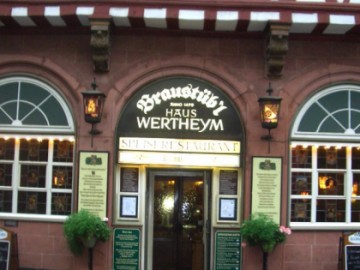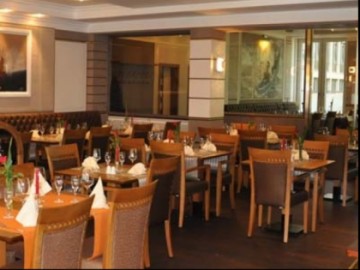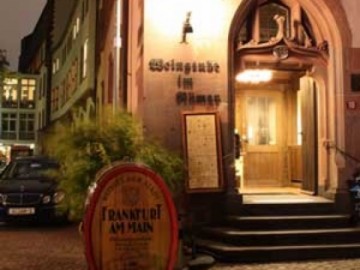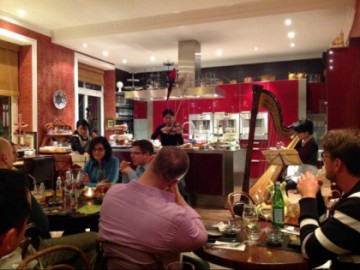St. Bartholomew’s Cathedral: an Imperial Cathedral
As a religious temple, St. Bartholomew's Imperial Cathedral (Kaiserdom St. Bartholomäus) is less known than Cologne or Aachen cathedrals. For one thing, it has never been a bishop’s throne, so it is not a cathedral in the traditional sense. However, it played a very important role in the history of Germany. German kings and then Holy Roman emperors were elected in this cathedral for centuries.
The history of the cathedral dates back to 1239, when it was decided to rebuild and expand the church, which already existed there, and dedicate it to Saint Bartholomew. The upper part of the apostle’s skull is the most precious relic of the temple. The political rise of the cathedral began in 1356, when Emperor Charles IV signed the Golden Bull, a legislative act that regulated the procedure of election of German kings. From that moment on the elections were always held in Frankfurt, in St. Bartholomew's Cathedral, and from 1562 on emperors were crowned there. Due to this tradition in the XVIII century, the temple got its second name - Kaiserdom, an Imperial Cathedral.
In 1867, a terrible fire destroyed the major part of the cathedral. The fire was so intense that it melted the church bells! But every cloud has its silver lining: during the cathedral reconstruction, which lasted until 1880, the architect Franz Josef Denzinger finally finished erection of a 95-meter tower, the construction of which began in the XV century. Alas, the cathedral was again destroyed at the end of World War II and rebuilt in the 1950s.
The church houses many treasures, among which are a painting depicting the Lamentation of Jesus Christ by Antonius van Dyck, frescoes with scenes from the life of the Blessed Virgin Mary, stained-glass windows, altars and bas-reliefs of different historical periods. Make sure you don’t miss the Elector’s Chapel (Wahlkapelle), a small room where kings were elected.
During the warmer months of the year visitors are allowed to climb up the 328 steps of the tower for a small fee. The observation platform offers a beautiful view of the city, especially of Römerberg.




































